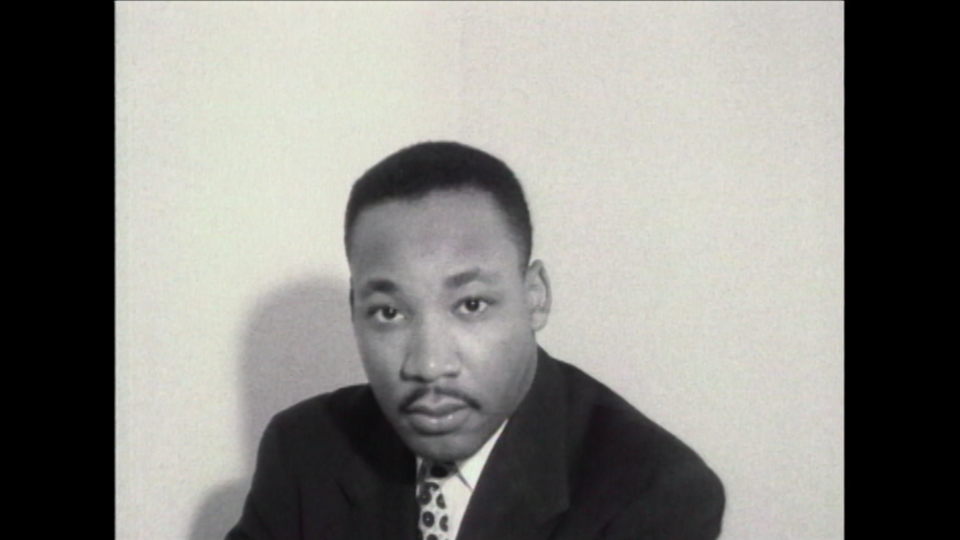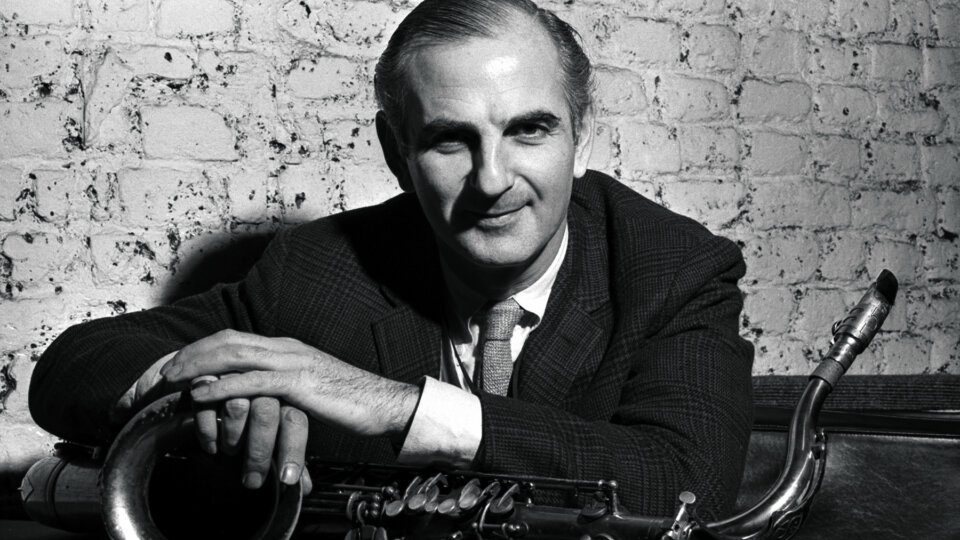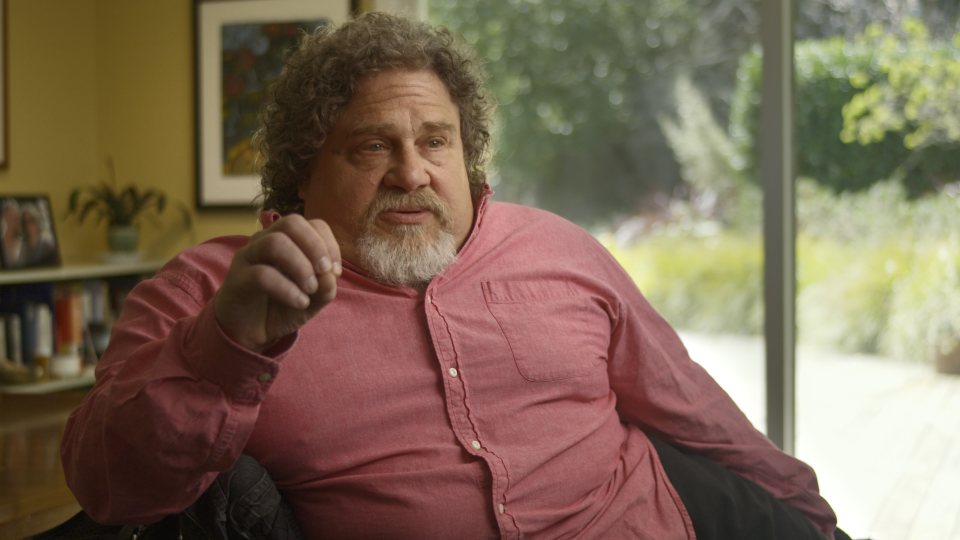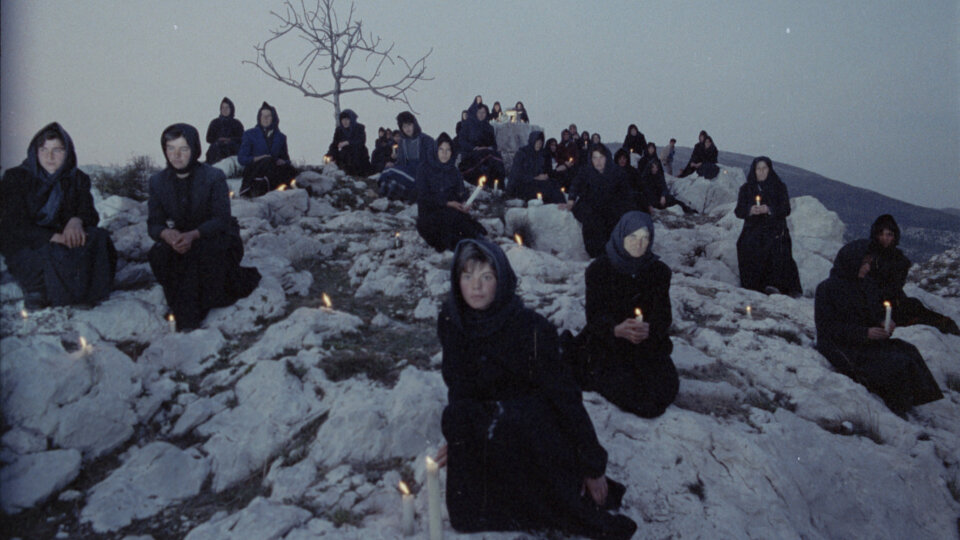MLK/FBI

- Director:
- Sam Pollard
- Producer(s):
- Phil Pinto, Jessica Luya, Kenneth Alexander Campbell
- Footage Archive Researcher:
- Brian Becker
- Archival Sources:
- Getty, NBC, Streamline, CBC, Warner Bros
- Production Company:
- Field Of Vision, Play Action Pictures, Cinetic
- Country of Production:
- United States
Synopsis
MLK/FBI is the first film to uncover the extent of the FBI's surveillance and harassment of Dr. Martin Luther King, Jr. Based on newly discovered and declassified files, utilizing a trove of documents obtained through the Freedom of Information Act and unsealed by the National Archives, as well as revelatory restored footage, the documentary explores the government's history of targeting Black activists, and the contested meaning behind some of our most cherished ideals. Featuring interviews with key cultural figures including former FBI Director James Comey and directed by Emmy® Award-winner and Oscar®-nominee Sam Pollard, MLK/FBI tells this astonishing and tragic story with searing relevance to our current moment.




